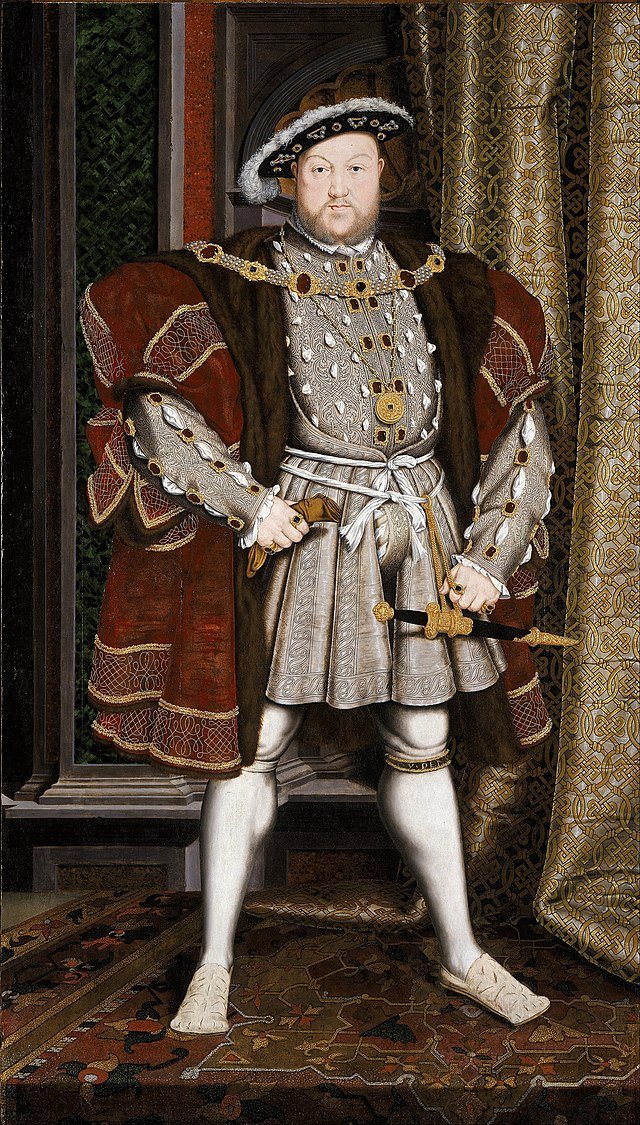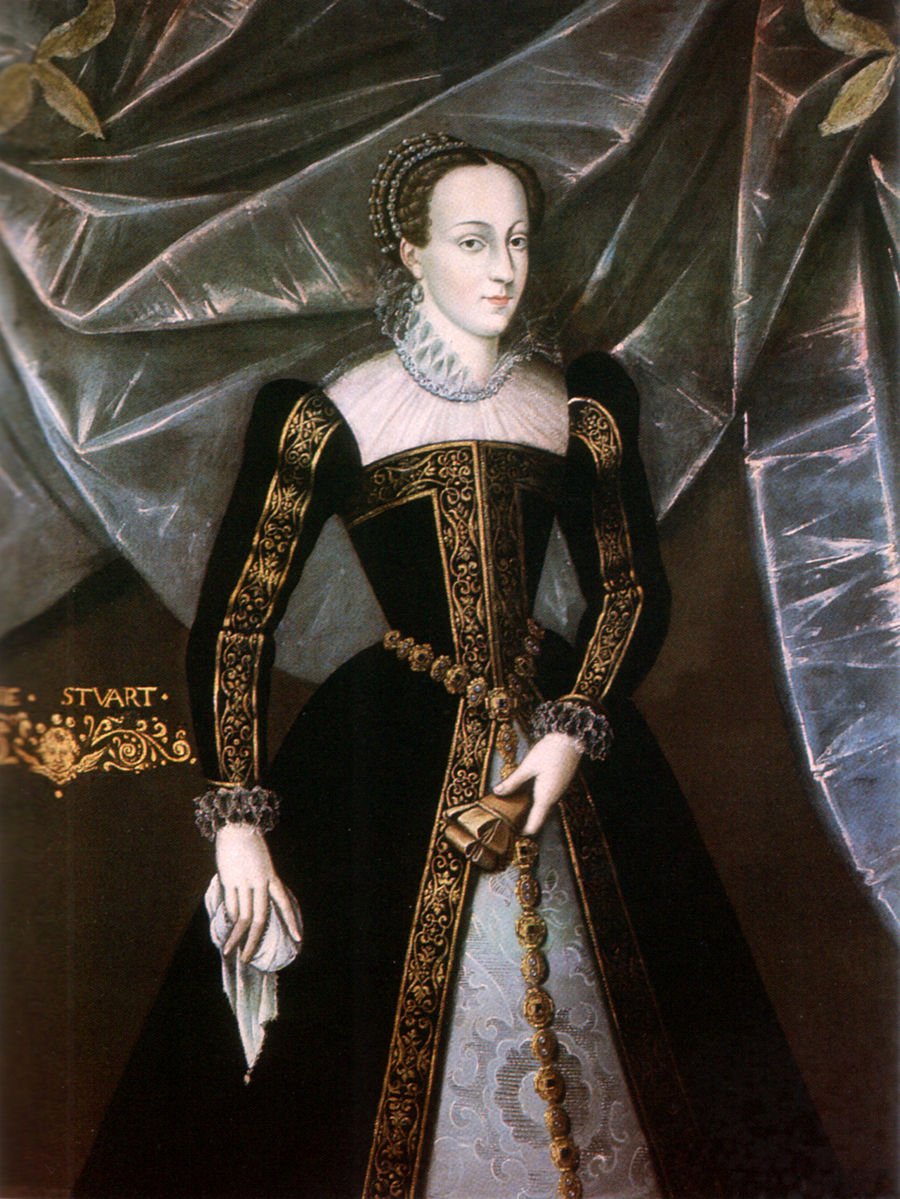Hands of Time: Rebecca Struthers (1572)
Rebecca Struthers, author of Hands of Time
England in the mid sixteenth-century was filled with drama and novelty. As conspiracies played out and a queen sought to established herself on the throne, a glamorous new technology was emerging in the fashionable world. In this fascinating episode, Rebecca Struthers takes us back to the Elizabethan Age to tell us all about the early days of watchmaking.
*** [About our format] ***
As Struthers explains, watches are objects of wonder. Today the most complex watches in the world can contain as many as 3,000 separate parts. Filled with ‘complications’ that show the wearer not only the time but scores of different astronomical and lunar calendars, all this, Struthers points out, comes ‘in a device that fits in the palm of your hand.’
Watches retain their power to dazzle even today. But five hundred years ago, when they were first appearing in Western Europe, they had a huge cultural cachet. In Hands of Time Struthers identifies one of the very first possible appearances of a watch in English art. This comes in one of Holbein’s portraits of King Henry VIII, when an enticing locket hangs on a golden chain from the monarch’s neck.
The question of whether this was a watch or not remains tantalisingly open today. But suspended on a chain in this style is very much how early sixteenth-century timepieces were worn. They were objects of display and desire. To own a watch – and very few did at this time - was to invest a person with power.
In this episode Struthers takes us back to a moment about half a century after Henry’s portrait. In 1572 his daughter Elizabeth I was on the English throne. Celebrated by us today as ‘Good Queen Bess’, the early years of her reign had none of this sense of confidence. Then she had to appease rivals and navigate a way through a religiously polarised world. Often her life was threatened by conspiracies. One of these, the Ridolfi Plot of 1571, sought her assassination and replacement by Mary, Queen of Scots.
By 1572 the Ridolfi Plot had failed. But in London Elizabeth remained wary and at Sheffield Castle in the north, Mary, Queen of Scots remained imprisoned. While their circumstances differed, as Struthers explains, both of these women were united by something else. Watches.
At this time Mary was said to have a ‘skull watch’. Elizabeth, too, according to an inventory of her possessions that was drawn up at this time, owned ‘an armlet or skakell of golde all over fairley arnished with rubys and dyamondes, having in the closing therof a clocke.’ What this was, Struthers explains, was a watch.
We head back to 1572 to have a look at these beguiling objects. We talk about Mary Queen of Scots and the idea of watches bringing solace to their owner in desperate moments. After spending some time with Elizabeth we then head across the Channel to Paris. Here the St Bartholomew's Day Massacre was about to unfold.
While its initial effects were horrific, the massacre would have longer term consequences. Many of the Huguenot refugees who fled France in its aftermath would find sanctuary in England. As these talented artisans settled in neighbourhoods like Clerkenwell in London, they would join a burgeoning new trade. A golden new age of watchmaking was poised to begin.
***
Rebecca Struthers’s new book, Hands of Time is out now.
*** Listen to the Podcast ***
Show Notes
Scene One: 1572. With Mary Queen of Scots in Sheffield Castle.
Scene Two: 1572. With Queen Elizabeth I in Whitehall.
Scene Three: 24/5 August 1572. Paris. St Bartholomew's Day Massacre.
Memento: Queen Elizabeth’s watch.
People/Social
Presenter: Peter Moore
Guest: Rebecca Struthers
Production: Maria Nolan
Podcast partner: Hodder & Stoughton
Theme music: ‘Love Token’ from the album ‘This Is Us’ By Slava and Leonard Grigoryan
Follow us on Twitter: @tttpodcast_
See where 1572 fits on our Timeline
About Rebecca Struthers
Rebecca Struthers is a watchmaker and historian from Birmingham. She co-founded her workshop, Struthers Watchmakers, in Birmingham's Jewellery Quarter in 2012. Rebecca and her watchmaker husband, Craig, use heritage equipment and traditional artisan techniques to restore antiquarian pieces and craft bespoke watches.
They are among the last handful of watchmakers in the UK making watches from scratch. In 2017, Rebecca became the first watchmaker in British history to earn a PhD in horology. She lives in Staffordshire with Craig, her dog Archie, cats Isla and Alabama, and Morrissey the mouse.
Тhe Breguet No. 160 grand complication, more commonly known as the Marie-Antoinette or the Queen
Saint Bartholomew's Day Massacre
Complementary episodes
Christiaan Huygens and the Dutch Golden Age: Hugh Aldersey-Williams (1655)
In this episode the author and journalist Hugh Aldersey-Williams takes us back to 1655 and the vibrant heart of the Dutch Golden Age to meet Christiaan Huygens.
The Magical Mathematician: Prof. Simon Schaffer (1684)
On a frozen January day in 1684 three friends – Christopher Wren, Robert Hooke and Edmond Halley - met at a London coffee house to confront one of the great questions in knowledge: planetary motion.
The City of Tears: Kate Mosse (1572)
In this episode bestselling author Kate Mosse takes us to the heart of one of the most dramatic and violent episodes in French history – the St. Bartholomew’s Day massacre.












